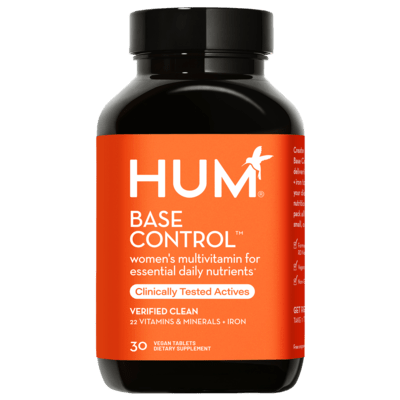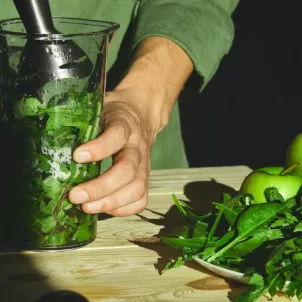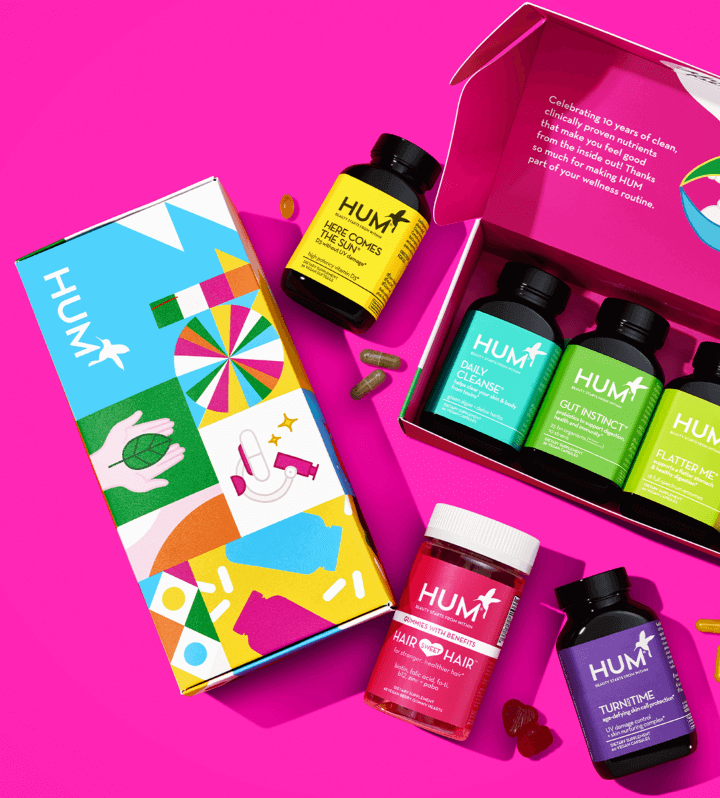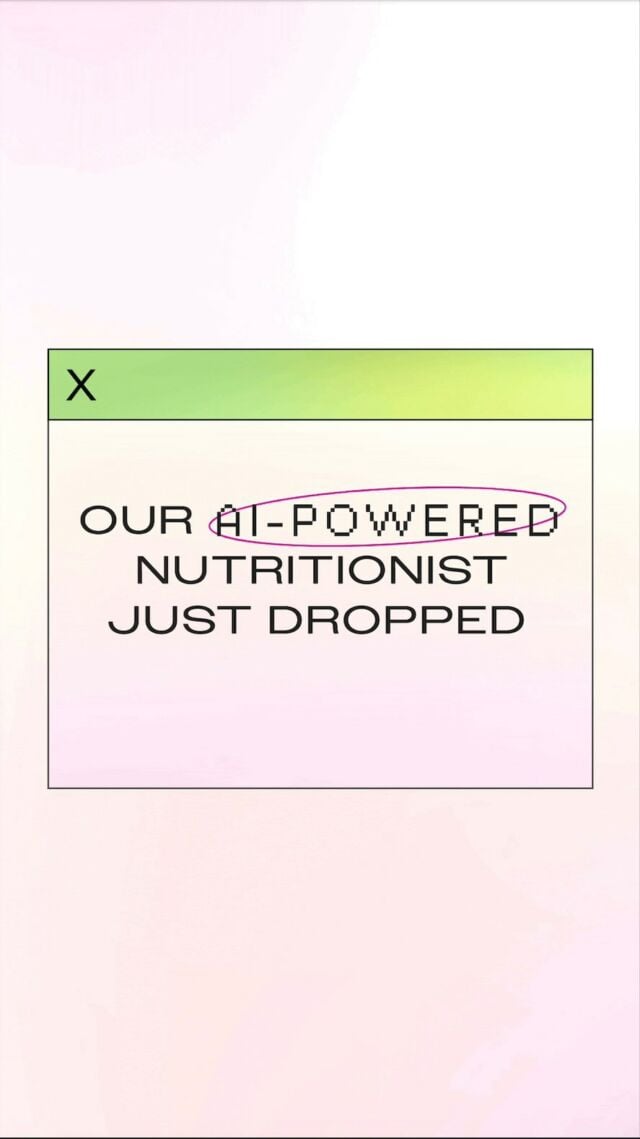THE WELLNEST • Food • Healthy Eating
7 Easy Tips on How to Eat More Sustainably
By Jessica Nelson, RDN, CPT •
April 19, 2021
Jessica Nelson, RDN, CPT, shares how to eat more sustainably with seven simple tips.
When we talk about eating sustainably, it’s important to first understand what certain terms in this space mean. From there, we’ll delve into the importance of eating sustainably and how to do so.



 Here are a few simple tips to reduce your meat intake:
Here are a few simple tips to reduce your meat intake:

What is food sustainability?
Food sustainability entails applying practices in the production of plant and animal products that focus on lowering the depletion of natural resources and lessening their environmental impact. From there, sustainable eating is about reducing our food waste by choosing nutritious foods that both benefit our bodies and help out the environment.The Problem with Food Waste
Food waste is also a problem from an economic standpoint. Cumulatively, 30 to 40 percent of the US food supply goes to waste each year. This amounts to about 80 billion pounds of food annually, which is valued around a whopping $161 billion. The food supply chain—which consists of production, processing, transportation, retail, and consumption—has many instances that contribute to food waste. Some examples include:- spoils during transportation
- poor storage
- excess ordered inventory
- undesirable “ugly” produce
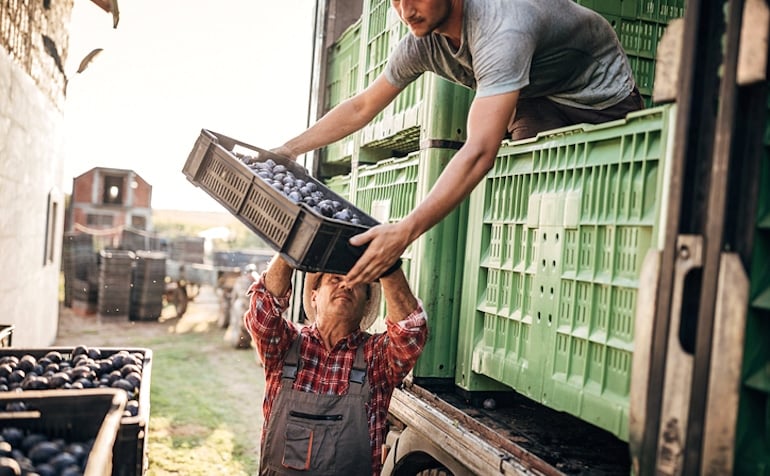
How to Eat More Sustainably
Here’s a quick guide to sustainable eating, with seven tips you should be able to incorporate.1. Eat Seasonally
Choosing fresh produce when it’s in harvest is a great way to reduce food waste. Specifically, this food sustainability tip:- helps out local farms
- reduces spoilage during long transports
- ensures that the product is fresher, tastier, and more nutrient-dense
2. Store Produce Strategically
Proper produce storage is important to maintain freshness and help your haul last longer, both inside and outside the fridge. Simply put, this equates to fewer fruits and veggies that get tossed. Here’s a quick guide to help you store produce like a pro.Store in a Cool, Dry Place (Not in Fridge):
- bananas
- tomatoes
- potatoes
- mushrooms
- eggplant
- winter squash
Store in Fridge:
- apples
- lemons and limes
- asparagus (wrapped in a moist paper towel)
- carrots
- broccoli
- green beans
- grapes, blueberries, cherries, strawberries (in plastic bags with vents)
- lettuce (washed and dried before storage)
- most fruits and veggies
Store at Room Temperature:
- garlic and onions
- mangoes, avocado, plums, peaches, and pears (ripened in brown bag, then put in fridge)
- pineapple (upside down for one or two days, then stored in fridge)
- kiwi
- oranges
- whole melons
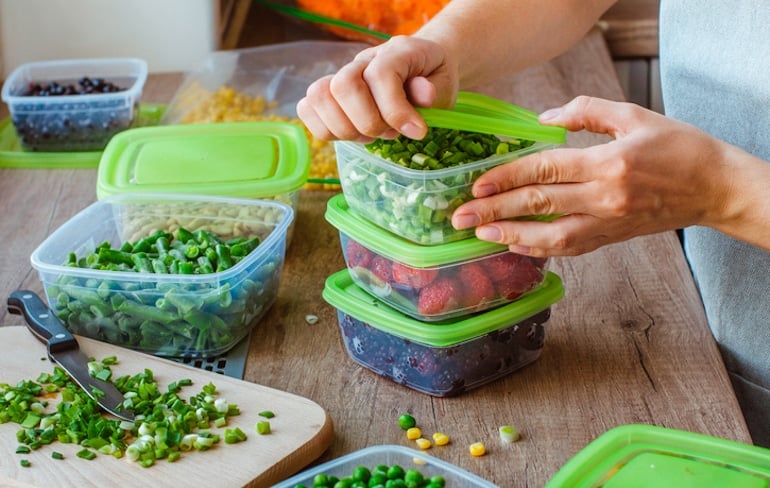
3. Shop Local
Buying food at a nearby farmers market is the best way to access locally grown fresh food. When it comes to food sustainability, shopping locally helps to reduce fuel cost and CO2 emissions during food transport. (Bonus: There’s also a greater variety of options, meaning you may be apt to try something new!) Another perk is getting to speak directly to the farmer, which is a great way to learn about how your food was grown. They can also share expert tips on how to prepare or store the food. To find your local farmers market, check out the UDSA’s Farmers Market Directory, where you can search by ZIP code. From there, if you’re new to the farmers market, try to scale down your expectations of what produce should look like. Misshapen “ugly” produce hardly gets purchased, and grocery stores have even started to throw it out before placing it on the shelves. But just because it’s ugly doesn’t mean that it’s not nutrient-dense or delicious! There are several programs whose mission is to reduce ugly produce waste by offering direct-to-consumer delivery. Companies like Misfits Market offer organic, sustainably sourced produce at significantly lower prices than you’ll find at the grocery store. Other sustainable produce delivery services include Hungry Harvest, Imperfect Foods, and Farmer Jones Farm.4. Plan Before You Buy
Interested in saving money and food? Who wouldn’t be? Planning your meals in advance helps to reduce impulse purchases and increase awareness about how much food is actually necessary for meals. The US Environmental Protection Agency offers the Food: Too Good to Waste campaign, which provides resources to reduce wasteful food management practices. Check out their Smart Shopping template to create a grocery shopping list for less wasteful meal planning. Additionally, there are other helpful handouts on prepping and storing food, plus how to create an “eat first” section in your fridge. Next, buying strategically not only assists with sustainable eating, but also knowing when to throw out your food. A staggering 80 percent of food gets discarded before it actually spoils, largely on account of misinterpreting food expiration labels, such as:- “best by”
- “use by”
- “best before”
- “sell by”
- “Best If Used By” is all about quality. The product may not taste or perform texturally as expected past this date, but it’s still safe to consume.
- “Use By” applies to products that are perishable and may have food safety concerns over time.
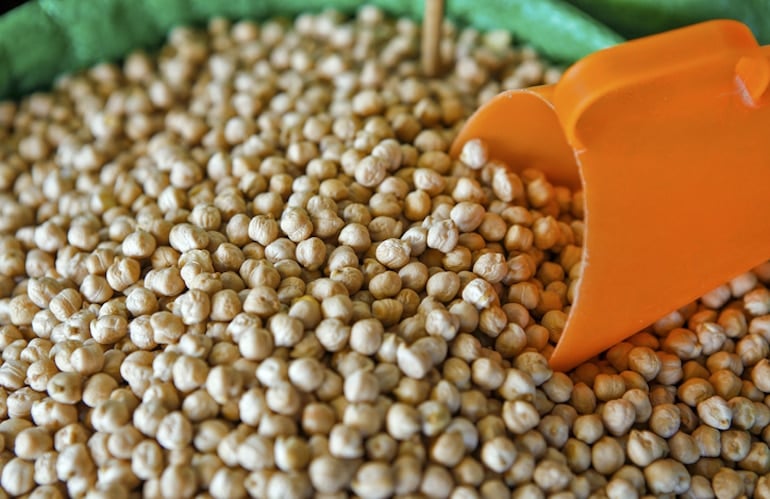
5. Buy in Bulk
Buying food in bulk quantities is a great way to save money. It also helps reduce plastic waste, as well as other food trash that ends up in landfills. According to the EPA, over 20 percent of food containers and packaging contribute to total waste generation in landfills. Some of the best foods to buy in bulk include:- coffee
- nuts and nut butters
- oatmeal
- dried fruit
- candy
- beans and lentils
- rice and quinoa
- pasta
6. Eat Less meat
Eating more plant-based meals supports sustainable eating, as raising livestock requires a host of natural resources such as water, grain, and land. In addition, the entire cycle of getting meat to consumers wastes significant amounts of energy. It releases greenhouse gas emissions during every stage of transporting, processing, packaging, marketing, selling, purchasing, and even cooking. In fact, the depletion of natural resources and insufficient energy use contributes up to 20 to 30 percent of greenhouse gas emissions and two thirds of water use. Note: Carnivores don’t have to cut out meat completely to benefit the planet or their own health. A 2019 review concluded that if Americans were to replace 25 percent of meat-based proteins to plant-based alternatives and reduce the rest of their overall intake of meat by 25 percent, this would reduce CO2 emissions by 40 percent and decrease water usage by 10 percent.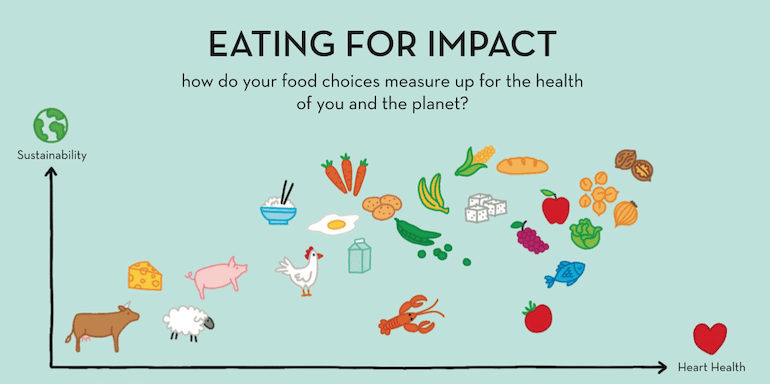 Here are a few simple tips to reduce your meat intake:
Here are a few simple tips to reduce your meat intake:
- observe Meatless Mondays
- plan out plant-based meals in advance
- ask plant-based friends for their favorite meatless recipes
- combine meat and plant-based proteins
- aim to cut out processed meats (bacon, deli meat, sausages) first
7. Donate Excess Food
With 35 million people in the US struggling with hunger and food insecurity, allocating excess food into the hands of these individuals is vital. Try to donate extra food to food banks, soup kitchens, homeless shelters, or other local organizations instead of tossing these items out. Feeding America has an online food bank search to locate the nearest one to you. USDA’s Hunger Free America is another online food assistance search option. You can also inquire with your city/county to learn about food drives and other ways to donate food in your community. Then, other tips to reduce or reuse excess food include:- bringing reusable containers for leftovers when dining out
- splitting meals with others at restaurants
- portioning less at self-serve food bars and buffets
- making the most of your leftovers
- giving animal-friendly food scraps to your pet or livestock
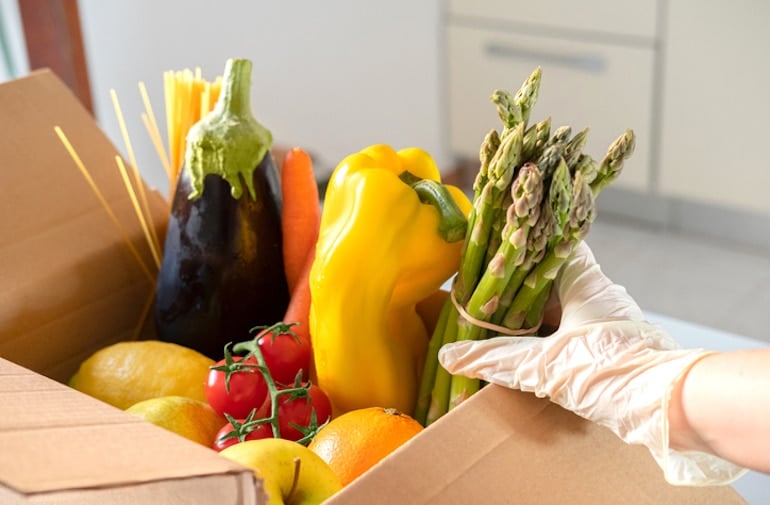
The Bottom Line
Sustainable eating is a worthy lifestyle practice to simultaneously encourage good health and preserve our planet. By following one or more of the food sustainability tips above, you can get your necessary nutrients while also decreasing your carbon footprint and even saving money. As always, progress is the main goal as we learn how to eat more sustainably. It’s important that we all do our part to reduce food waste and help protect the environment.More like this
